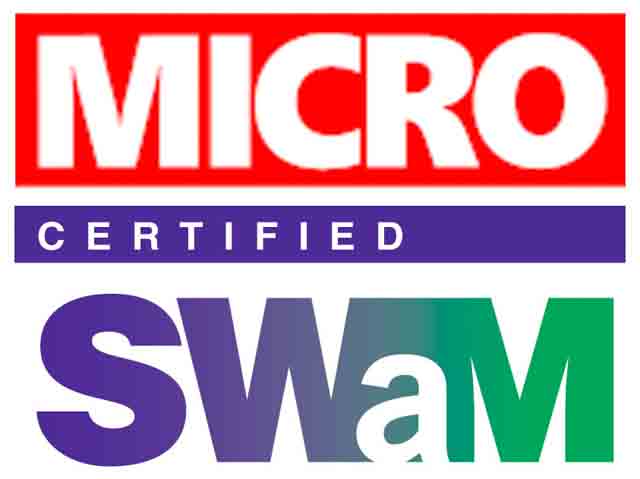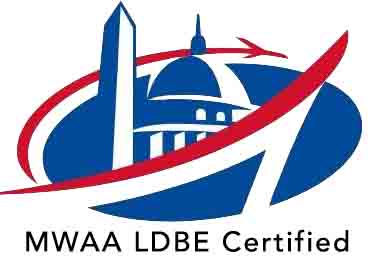Ice Melt Ice Melting Salt,
Different Type of ice Melters
We are located in Manassas Va. We normally stock Ice melt in 50lb plastic bags. This article will highlight different types of Ice-melt and Snow-melt, such as Magnesium Chloride, Calcium Chloride, Calcium Magnesium Acetate (CMA). Contact us if you would like a more detailed discussion.
I have included some PDF files if you would like to read up on the different kinds of Ice Melt chemicals and their advantages and disadvantages.
Different Types of Ice Melt “copied and pasted from Turf iNfo for the North Central US, University of Nebraska – Lincoln, see reference below”
Quick Overview
1. “Our study observed that magnesium in any form was very damaging to the concrete. Magnesium chloride produced significant concrete crumbling because of widespread replacement of CSH by non-cementitious.” “When calcium chloride and salt are combined, they complement each other as snow and ice control chemicals.
2. When combined, the deliquescent calcium chloride absorbs moisture from its surroundings releasing heat and thereby increasing the rate of solution of sodium chloride. These reactions produce brine quickly which sustains the continued brine generation of the two chemicals.”
Below, we outline the variety of ice-melts and snow-melts for you to take advantage of.
Types Of Salts &
Compounds Used In Ice-melts
Sodium chloride (NaCl)
This chemical, commonly referred to as rock salt, is the most prevalent deicing chemical, and in general, has the lowest price tag of all deicers.
Rock salt first has been used as a road deicer since the 1940’s. An estimated 10 to 14 million tons will be used yearly on roads in the United States and Canada.
Sodium chloride, when mixed with water, works best at a 23.3 percent mixture, with an associated freeze point temperature of –5.8 0F. The practical working temperature of the product, however, ranges between 15 and 20 0F.
Potassium chloride (KCl)
KCl is similar to or equivalent to K based fertilizer products. It is often promoted as beneficial to plants. KCl as a deicer that doesn’t work unless temperatures are more than 25 0F.
KCl as a stand alone product is relatively expensive and more oftern is seen as a part of a deicer blend with marketing promoting its benefit for plant health.
At concentrations used for deicing and subsequent road splash and accumulation in low areas, salt burn with KCl may occur.
Urea, ammonium sulfate, and other nitrogen salts
Nitrogen salts are rarely used as deicers because of the potential for nitrogen runoff and leaching into water sources.
In many areas nitrogen salts are not approved for deicing because of these environmental concerns.
Magnesium chloride (MgCl)
For MgCl the optimum solution for freeze point protection is 21.6 percent.
The solution has a freeze point of –28 0F. MgCl is usually sold in a 30 percent concentration with an associated freeze point of 3 0F.
Calcium magnesium acetate (CMA)
Purchased as a solid and liquefied prior to use, Calcium magnesium acetate, commonly known as CMA, is typically used at a 25 percent concentration, which has a freeze point of 1 0F .
At a 32 percent concentration, CMA has a freeze point of –18 0F. The practical working temperature of CMA is approximately -18 0F. CMA may be as much as 30 times the cost of rock salt.
CMA use is primarily restricted to areas where damage to concrete surfaces, such as parking garages, cannot be tolerated.
Corrosion-inhibiting salt
Many deicing salts are sold with added corrosion inhibitors. These materials may reduce corrosion, but not eliminate it entirely.
No deicing salt, even if it contains a corrosion inhibitor, is entirely corrosion proof. Corrosion-inhibiting additives vary and their effects on plants and the environment are often unknown.
Since many corrosion-inhibiting materials are combinations of one or more of the chloride salts mentioned above, some damage to vegetation could be expected when using these products.
Enhanced radiation absorbers
Application of a dark colored material such as coal ash graphite or fertilizers such as Milorganite to a snow or ice surface increases radiation (sun energy) absorption and accelerates the rate of melting.
These materials generally work slowly, may be tracked into buildings, and lose effectiveness as they are covered by new snow and ice.
Calcium chloride (CaCl)
CaCl is typically sold at a 30 percent concentration with a freeze point
of –60 0F. The product’s practical melting temperature, however, is typically considered to be approximately –10 0F.
Available in flakes, pellets or liquid, CaCl produces an exothermic reaction, giving off heat. Because of this, it often performs better than many other deicing salts, especially at lower temperatures.
Some highway departments spray liquid CaCl over rock salt to lower its melting temperature.
Potassium acetate (KAc)
An additional non-chloride product that has a 50 percent concentration with a freeze point of –76 0F .
Because of cost (KAc is the most expensive of deicing products) use is restricted to high value locations such as airports.
Abrasives
Abrasives such as sand, cinders, and ash have relatively few impacts on the environment or plants. These materials do not melt ice but improve traction on slippery surfaces.
The disadvantage of these materials is that they accumulate in the landscape, and may require frequent removal or create dust problems when they dry later in the year after the deicing season.
Combination products
Various products are sold which contain combinations of one or more of the compounds previously mentioned.
The label should indicate the percentage of different compounds in the product.
Generally the combination product is going to perform most like the dominant compound in the mixture.
Results Conclusions of
Ice-Melt research:
Effects of Various Deicing Chemicals on Pavement Concrete Deterioration:
HYOMIN LEE, ROBERT D. CODY, ANITA M. CODY, AND PAUL G. SPRY
“Our study observed that magnesium in any form was very damaging to the concrete. Magnesium chloride produced significant concrete crumbling because of widespread replacement of CSH by non cementitious.”
Effects of Various Deicing Chemicals on Pavement Concrete Deterioration
Turf iNfo for the North Central US
University of Nebraska – Lincoln
Good Description of the Different Types of Ice Melters
Deicing Agents: Pros and Cons
COMPREHENSIVE EVALUATION OF BRIDGE ANTI-ICING TECHNOLOGIES – FINAL REPORT
Prepared by:
Jing Zhang, Deben Das, Rorik Peterson, Doug Goering
Department of Mechanical Engineering
University of Alaska Fairbanks
Alaska University Transportation Center
Institute of Northern Engineering
P.O. Box 755910
Fairbanks, Alaska 99775-5910
“When calcium chloride and salt are combined, they complement each other as
snow and ice control chemicals. When combined, the deliquescent calcium chloride
absorbs moisture from its surroundings releasing heat and thereby increasing the rate of
solution of sodium chloride. These reactions produce brine quickly which sustains the
continued brine generation of the two chemicals.”
COMPREHENSIVE EVALUATION OF BRIDGE ANTI-ICING TECHNOLOGIES – FINAL REPORT
Please contact us for more information.
Our Certifications

SAM.gov Registered small business

Micro-Swam
Registered small business with the Commonwealth of Virginia

LBDE
Certified with Metropolitan Airports Authority
Address
Headquarters
8801 Virginia Meadows Drive
Manassas, VA 20109
Satellite Office
Central Florida
Phone
(703) 392-9922
(703) 334-5009 fax
Address
| Headquarters | Satellite Office |
|
8801 Virginia Meadows Drive |
Central Florida |
| Manassas, VA 20109 | |
Phone
(703) 392-9922
(703) 334-5009 fax
Complete Facilities Supply © 2023 All rights reserved.

